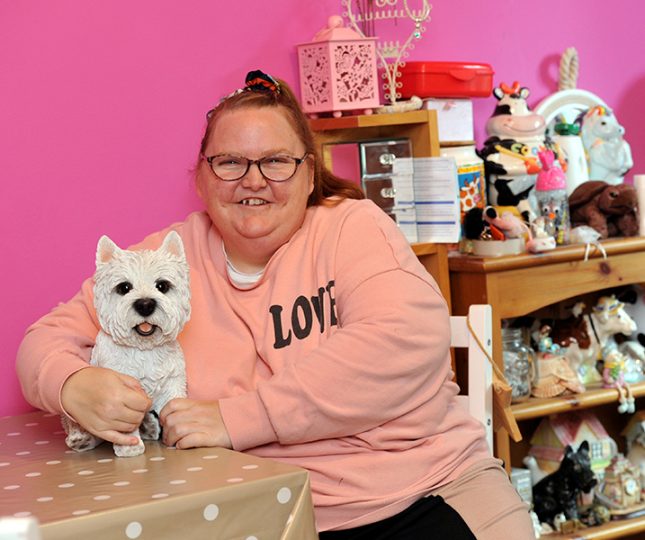Join our team
Do you have the passion and determination to make a difference in the lives of people with complex needs?

Do you have the passion and determination to make a difference in the lives of people with complex needs?
Precious’ robust transition process ensures continuity of care and delivers the best possible support and outcomes for every individual.

Timely and safe transitions of care are vital to ensuring people receive the support they require, in the right place and at the right time.
Well-managed transitions between care settings provide continuity of care, reduce stress and ultimately deliver the best possible support and outcomes for every individual. Our teams work closely with the people requiring support, previous care providers, families and professionals to ensure that the move to a new home goes as smoothly as possible.
Naturally, something as stressful as a move can cause stress. If not managed effectively, this can exacerbate issues, anxieties and behaviours. If the transition handover has been robust and detailed, the new service provider will be able to use known strategies to help. We work hard to ensure collaboration between old and new service providers to ensure that the transition process is as detailed and successful as possible.
Wherever possible, we plan a transition ahead of time. Moving house can be very stressful, especially for autistic people or those who struggle with transitions between different settings. Planning ahead of time allows those involved to gather and share information, build relationships, arrange visits to build familiarity and ensure that the person in transition knows what to expect.
Part of preparing for a move is taking the time to undertake a full assessment of current and future needs as well as update support plans and review individual goals and aspirations. We work with the current/former care team to ensure that all assessments, review reports, support notes and history are as comprehensive as possible. Wherever possible, this will include information such as likes and dislikes, typical days, favourite activities, communication styles etc. Gathering this information from existing support teams and professionals helps to ensure that needs are met and reduces the likelihood and negative impact of failed placements.

Where possible, we try to arrange a period of overlap between the current care providers and the move to Precious. While this isn’t always a feasible option, ensuring that the person in transition has ample opportunity to meet and build a relationship with the new team is vital. This would usually include visits and calls to get to know one another, but may also include video tours of the new home or skype/zoom calls to build familiarity and reduce anxiety.
For those who thrive on routine, a move can be especially disconcerting. At a time of heightened anxiety, increasing familiarity and reducing stress is key.
“I really liked working in the cafe. I love making coffee and am so good at it. In fact, I make the best coffee! Working in the cafe and volunteering in the charity shop on the high street gave me a way to get out of the house and do something different. I just didn’t really like having to do the cleaning up at the end of the shift!”Nicole
For a successful transition, it is vitally important that everyone works collaboratively to achieve the best outcome. Having a full understanding of the person’s history and needs relies on everyone involved in care – from social workers to care providers, SaLTs and OTs to other professionals, family members to the individual themselves.
Family members have a great deal of valuable knowledge and insight. Quite often, they are the only people who have been involved in caregiving consistently. For this reason, we actively encouraged them to be involved in the transition process.
We work hard to make sure that the support we offer is right for the people who live at Precious.